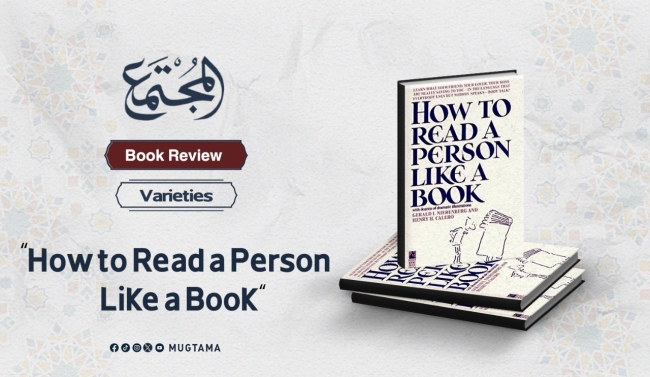Book Review: “How to Read a Person Like a Book”
The book "How to Read a Person Like a Book" is a practical guide to understanding and analyzing body language and non-verbal communication, authored by Gerard Nierenberg, Henry Calero, and Gabriel Grayson. It aims to provide readers with tools to understand what others are thinking based on their non-verbal cues, thereby enhancing social and professional communication skills.
Contents of the Book:
1. Basics of Body Language: This chapter explains that body language constitutes the majority of human communication. It describes how facial expressions, hand movements, and body posture can accurately convey a person's feelings and thoughts, emphasizing the importance of context in interpreting these signals.
2. Reading Faces: The book focuses on interpreting facial expressions to understand genuine emotions like happiness or anger. It offers practical tips for observing subtle movements of the eyes, mouth, and eyebrows and interpreting them in the context of emotions.
3. Analyzing Body Posture and Limb Movements: This chapter discusses how to understand body positions and movements of limbs, such as hands and legs, and how they reflect confidence, tension, or defensiveness.
4. Understanding Personal Space and Spatial Signals: The book explains the concept of personal space and its significance in social interaction. It highlights how the distance chosen by an individual during interaction reflects their comfort level or hostility toward others.
5. Detecting Lies and Deception: This section focuses on identifying lies by observing certain cues like nervousness and avoiding direct eye contact. It provides techniques to distinguish between honesty and deception.
6. Using Body Language to Enhance Communication: This chapter offers strategies for effectively using body language to improve communication, emphasizing the need for harmony between verbal and non-verbal cues to ensure message clarity.
7. Practical Applications in Daily Life: The book concludes with tips on applying body language knowledge in daily life, such as in job interviews, meetings, negotiations, and improving personal relationships.
Core Message of the Book:
How to Read a Person Like a Book emphasizes the importance of understanding non-verbal cues as a powerful tool for enhancing human communication. By studying and accurately interpreting these signals, readers can improve their personal and professional relationships and gain a better understanding of others' feelings and intentions. The book serves as an essential reference for anyone looking to develop skills in understanding human behavior and interacting effectively with others.
-------------------------------------------------------------


